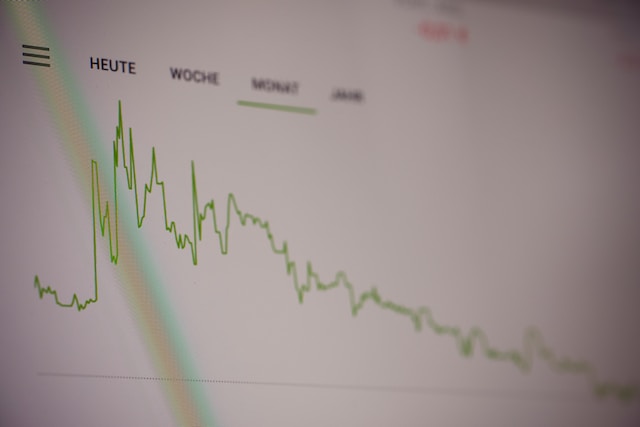Most people associate the word “economics” with something complicated and not fully understood, something that should probably be done by economists only.
At the same time, “economics” is in everyone’s life, because every day, we have to make many simple economic decisions, including those related to earning money or consuming various goods or services. We interact with various institutions, like schools, hospitals, and banks — and yet they are all part of the economic life of the country. At the same time, few people think about how things work and why they work the way they do.
It is economics that provides answers to the questions that many people ask: how big business got started and why it is so difficult for small businesses to find their niche, where inflation comes from and why prices rise, how advertising comes about and why it is so prevalent in our lives, and why we are called consumers. Sometimes, it takes small steps to answer a difficult question, like installment loans for bad credit.
Many economic theories attempt to explain the impact of society on the world around it. One of these theories is the “donut economy” proposed by British economics professor Kate Raworth. The graphic representation of this theory looks like a donut, with two circles outlining social and planetary boundaries that should guide human progress in the 21st century. In this approach, the author believes that real change in the economy starts with people, with each one of us.
What is it about?
The Donut Economy is a modern approach to environmental economics that has a vivid visual representation.
The 21st century has brought many challenges. Meeting the needs of all people within the limits of the planet’s capacity is one of the biggest. We must ensure that no one is deprived of the most basic necessities (food, shelter, rights, etc.) while at the same time not overwhelming the Earth’s life support systems on which we depend (climate, fertile soil, drinking water).
A playful and serious approach to formulating a response to this vital challenge can serve as a guide for human progress in this century, the social and planetary boundaries of a donut. Draw two circles representing these social and planetary boundaries and center them. The symbolic meaning of the centered circle is that it represents the social boundary, including basic human rights, below which we are not allowed to go. The outer circle represents the ecological limit. This limit must not be exceeded to preserve essential natural resources. The space between these circles is an ecologically safe space for human flourishing. Raworth identifies nine major environmental limits that cannot be exceeded: climate change, biodiversity loss, ocean acidification, land degradation, freshwater scarcity, nitrogen and phosphorus concentrations, chemical pollution, air pollution, and ozone depletion. The inner circle of limits addresses basic human rights: ending hunger, healthcare, quality education, gender equality, clean water and sanitation, affordable and clean energy, decent work, and others.
The author insists that real change in business starts with people. To respond to current economic challenges, she encourages readers to change themselves and their vision. First, the author suggests changing the target. Economists around the world have focused on GDP (Gross Domestic Product) as a measure for the last few decades. This method masks income and wealth inequalities and does not account for environmental degradation. It is necessary to ensure the rights of every human being within the limits of the life-giving planet to create the conditions for balanced prosperity for all humanity.
Second, we need to look at the broader picture. It is time for a new image of the economy, one that is integrated with society, nature, and the power of the sun. This reimagining requires new messages about the key role of households, market power, public partnerships, and creativity in sharing wealth.
Third, the education of human nature. The author emphasizes that society has become what it is today based on the image of a rational, selfish, isolated person. Human nature is much richer than this image. Therefore, we need to draw a new self-portrait in which we are naturally social, interdependent, connected, full of values, and dependent on nature.
And fourth, Kate Raworth calls for creating to generate. Destructive production organization results in environmental degradation. Humanity faced an environmental crisis instead of preserving the life-giving wealth of nature. The fact that most of the destructive consequences of production are irreversible was realized too late. To bring people back into full interaction with the cyclical processes of life on Earth, the author insists on the creation of a circular economy.
